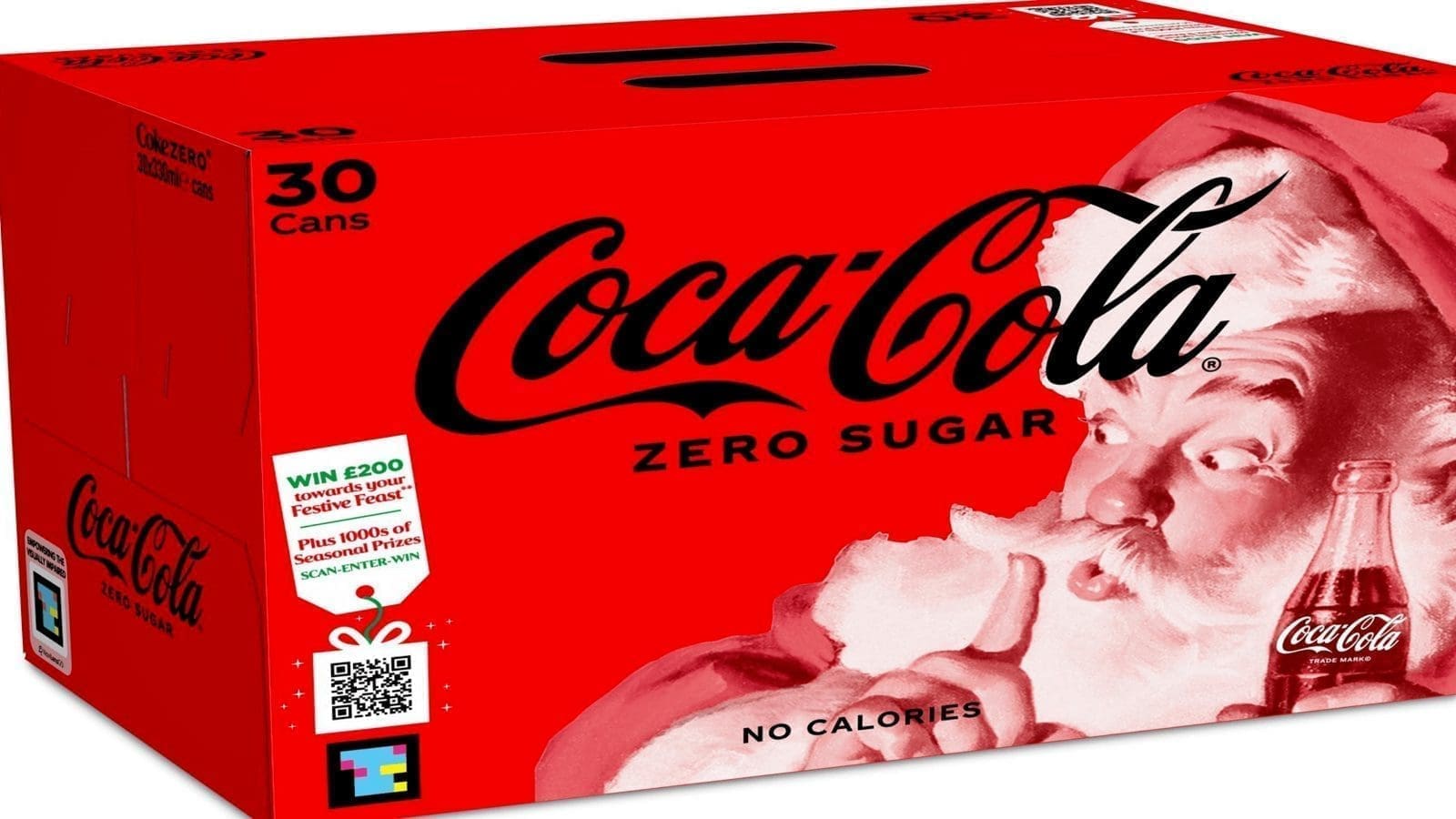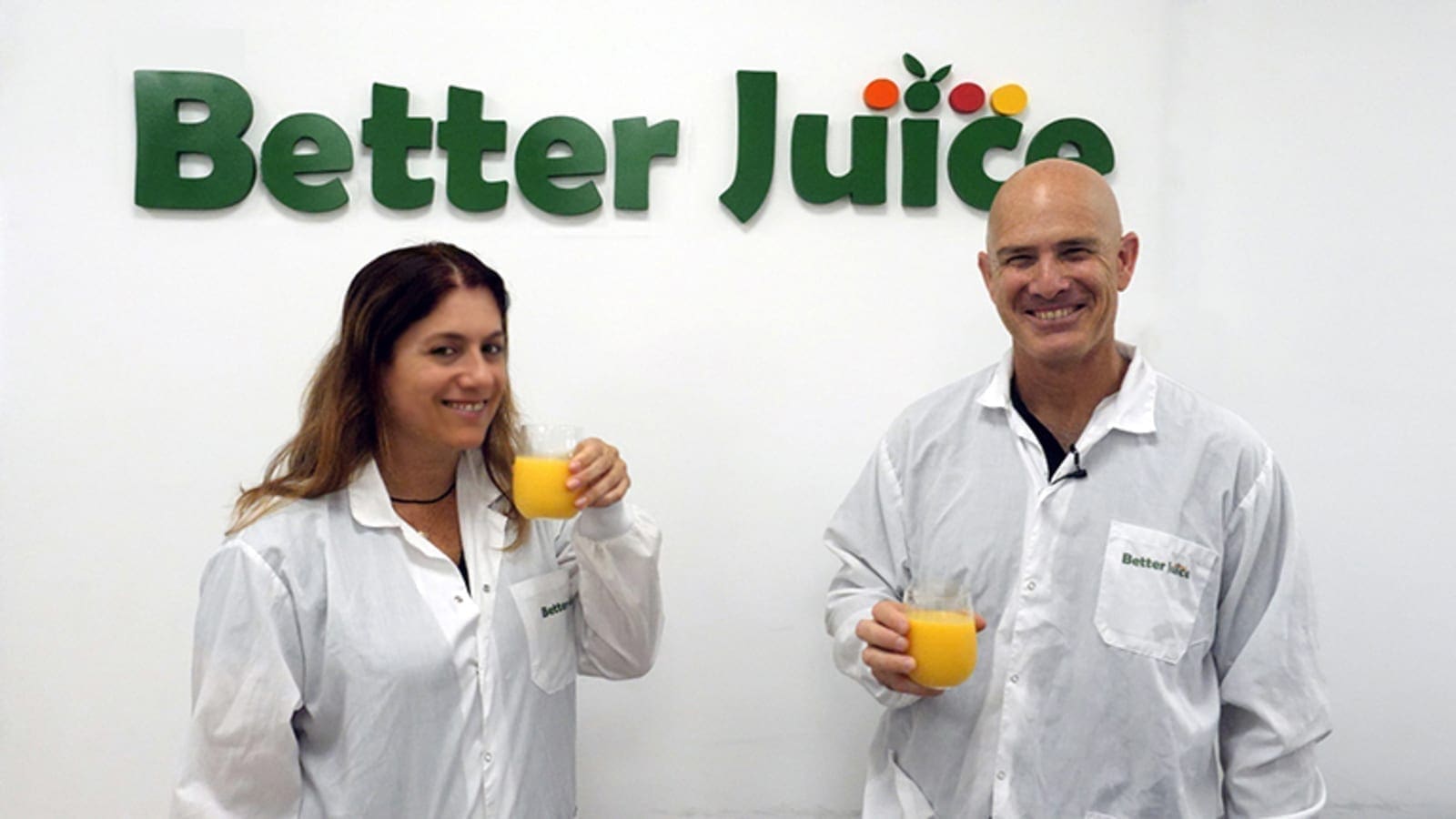UK – Coca-Cola has become UK’s first beverage company to launch on-pack technology for visually impaired shoppers, after a successful rollout of NaviLens codes across 24x330ml and 30x330ml packs of its Christmas can multipacks.
NaviLens is similar to a QR code but can be detected in a fraction of the time and up to three meters away.
The soda giant explained that the innovation to help blind and partially sighted consumers can be scanned with a mobile phone camera, which detects the optic and playback information to the user. The codes will feature on the cardboard outers.
This rollout allows a successful pilot and rollout of the technology by Kellogg’s (reported in the AIPIA newsletter in June 2021) and Aunt Bessie’s, who rolled out packs with NaviLens codes in September 2022.
Marc Powell, RNIB’s Accessibility Innovation Lead, said: “People with sight loss should have the same access and choice as our sighted counterparts, but currently, important information on packaging can often be in very small print, making it difficult or impossible for us to read. Technology such as NaviLens is a game changer and allows blind and partially sighted people to independently access key information on packaging.
“This pilot with Coca-Cola, the first beverage company to launch NaviLens on its packs, highlights how big brands can put accessibility at the forefront of design and packaging decisions and be a real catalyst for change.”
Martin Attock, vice president of commercial development at CCEP GB, commented that the technology is making a huge difference to as many as two million people in the UK who are currently visually impaired and it will make the Coca-Cola brand more inclusive so everyone can enjoy their favorite beverage.
Among those also making use of the NaviLens technology is Kellogg, which has introduced it on select cereal boxes in the U.S. to assist blind and low-vision adults.
Kellogg has become the first food company to feature this technology on packaging in the US. With the NaviLens code and app, the company said users can easily find products and hear their name, nutrition, and allergen information.
The brands that feature this novel technology, which is also used in the transport sector to read signs out loud and provide train arrival information in audio to help blind and low-vision riders navigate the station, include Kellogg’s Corn Flakes, Special K Original, Rice Krispies, and Crispix.
The front and side of these cereal boxes will now feature a NaviLens optical smart code comprising high-contrast colorful squares on a black background that can be detected and read by the NaviLens and NaviLens GO apps.
With the apps, consumers can locate the boxes from several feet away, navigate to them, and hear their names, package sizes, and nutritional information. The apps can communicate this information in up to 36 languages.
In addition to the cereal packaging, Kellogg has committed to incorporating NaviLens codes in all corporate facilities in the U.S. by the end of 2023, to make them more accessible and easier to navigate for blind and low-vision employees.
The company has already installed codes in its global corporate headquarters in Battle Creek, Mich.
This initiative was brought to life through a partnership between Kellogg’s Ready-To-Eat-Cereal business unit and Kapable, the company’s business employee resource group that ensures Kellogg is a welcoming and inclusive environment for current and future employees with disabilities and their supporters.
For all the latest food industry news from Africa and the World, subscribe to our NEWSLETTER, follow us on Twitter and LinkedIn, like us on Facebook and subscribe to our YouTube channel.











